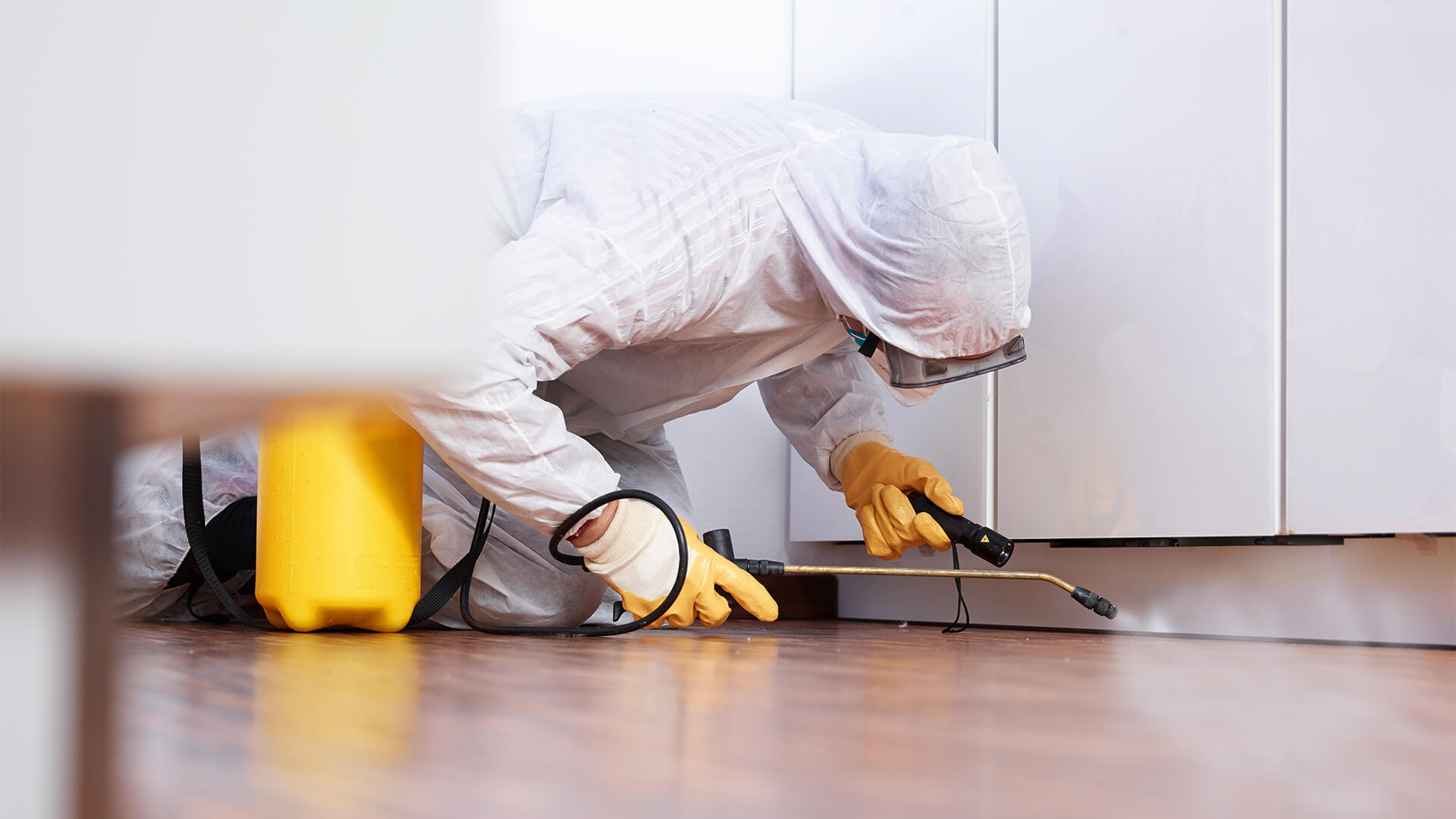The Importance of Professional Office Moving for IT Systems
Relocating an office is far more complex than moving desks and chairs. For modern businesses, the most valuable assets aren’t just physical — they’re digital. Computers, servers, and storage devices contain critical data that must remain intact and secure during the move. Mishandling IT infrastructure can lead to data loss, hardware damage, or security breaches, any of which can cripple business operations.
Professional office movers who specialize in IT relocation follow a structured, secure, and methodical process to ensure business continuity. Choosing a qualified company ensures not only that your technology arrives safely but also that your digital assets remain fully protected from start to finish.
Pre-Move Assessment and IT Inventory Management
Every successful IT relocation begins with a detailed pre-move assessment. Experienced movers collaborate closely with your IT department to identify all equipment — servers, computers, switches, routers, and backup devices. This inventory helps create a relocation plan that minimizes downtime and prevents loss or confusion during setup.
Movers will typically tag and label each component according to its network role and destination within the new office. Cables, ports, and accessories are bundled and coded for easy reinstallation. This methodical cataloging ensures that when your systems are unpacked, everything reconnects quickly and correctly, reducing post-move setup time.
During this phase, professional teams also review environmental requirements such as power supply, ventilation, and rack configurations in the new space to ensure compatibility.
Specialized Packing for IT Equipment
Unlike regular office furniture, IT devices require high levels of protection. Professional movers use anti-static materials, foam padding, and climate-controlled containers to prevent electrostatic discharge and overheating during transit. Sensitive components like hard drives, processors, and network switches are wrapped individually to avoid vibration damage.
Monitors, desktop units, and peripherals are secured in custom crates or padded boxes. Cabling is neatly organized to prevent tangling or breakage. Servers and data racks are often moved using specialized equipment such as lift-gate trucks and shock-absorbing dollies to prevent impact during loading and unloading.
For high-value IT hardware, movers may employ GPS-tracked vehicles, tamper-proof seals, and chain-of-custody documentation to ensure security throughout the journey.
Maintaining Data Security During the Move
Data protection is one of the most critical challenges during an office relocation. A single misplaced hard drive or unsecured network cable can expose sensitive information. Professional office movers implement strict data-handling protocols designed to prevent such incidents.
Secure movers require sign-offs from authorized IT personnel before touching any data-bearing device. Hardware is sealed, logged, and monitored throughout transit. In some cases, encrypted digital backups are created prior to the move to safeguard against accidental data loss.
Firewalls, servers, and network devices are disconnected following proper shutdown procedures to prevent corruption. Once in the new location, IT staff or authorized movers handle reconnection under controlled conditions. By maintaining strict access controls and audit trails, companies protect themselves from both accidental and intentional data breaches.
Coordination Between Movers and IT Teams
Successful IT relocations depend on seamless coordination between the moving company and your internal IT staff. A professional mover works alongside your technical team to plan downtime, schedule equipment disconnections, and prioritize system reactivation at the new site.
A clear timeline is created to align equipment arrival with power setup, cabling installation, and network readiness. This prevents idle hours and ensures that mission-critical systems—like email servers and customer databases—are operational as soon as possible.
Many professional movers provide after-hours or weekend relocation services to minimize disruption to daily operations. The goal is to have your team back online immediately at the start of the next business day.
Insurance and Liability Protection
Because IT equipment is valuable and fragile, reputable movers carry comprehensive insurance policies that cover both physical damage and loss during transit. These policies typically include provisions for data-handling liability. However, movers always encourage clients to maintain independent data backups and off-site storage prior to relocation.
When evaluating quotes, it’s important to confirm that your mover provides sufficient coverage for specialized IT assets. Low-cost or general movers often lack adequate insurance for electronic equipment, exposing businesses to unnecessary risk.
Post-Move Testing and Verification
After unloading, movers assist IT teams in setting up and verifying all systems. Servers, routers, and workstations are reconnected, tested, and cross-checked against the pre-move inventory. Hardware inspections confirm there’s no physical damage, and operational tests verify that systems boot correctly and connect to the network.
Professional movers understand that “move-in complete” doesn’t mean the job is finished until every system functions as intended. Many also offer post-move support, including troubleshooting assistance and follow-up visits to address unexpected issues.
Why Professional Expertise Matters
Attempting to relocate IT systems without specialized movers can lead to significant operational risks. Mishandled devices, corrupted drives, or unplanned downtime can cost companies thousands in lost productivity. Expert movers use proven logistics methods, precision equipment, and disciplined security procedures to mitigate those risks.
Ottawa Pro office movers, for example, specialize in secure IT relocations. Their team follows strict chain-of-custody processes, advanced packing methods, and coordinated move planning with in-house IT professionals. This level of attention ensures that both physical assets and sensitive data remain fully protected during the transition.
Best Practices for a Secure Office IT Move
- Backup all data before disconnection.
- Assign clear access control—only authorized personnel handle IT gear.
- Label everything for efficient reassembly.
- Schedule network setup in advance of the move date.
- Confirm insurance coverage for electronic and data-sensitive equipment.
- Verify equipment function immediately after installation.
Conclusion
Moving an office requires far more than physical transportation—it demands strategic planning, security awareness, and technical precision. Professional movers specializing in IT relocations ensure that data integrity and equipment safety remain uncompromised throughout the process. From pre-move audits to post-move testing, every step is designed to safeguard your business continuity. Partnering with experienced specialists like Ottawa Pro office movers ensures a relocation that’s not only efficient but fully secure—protecting both your hardware and the critical information it contains.




